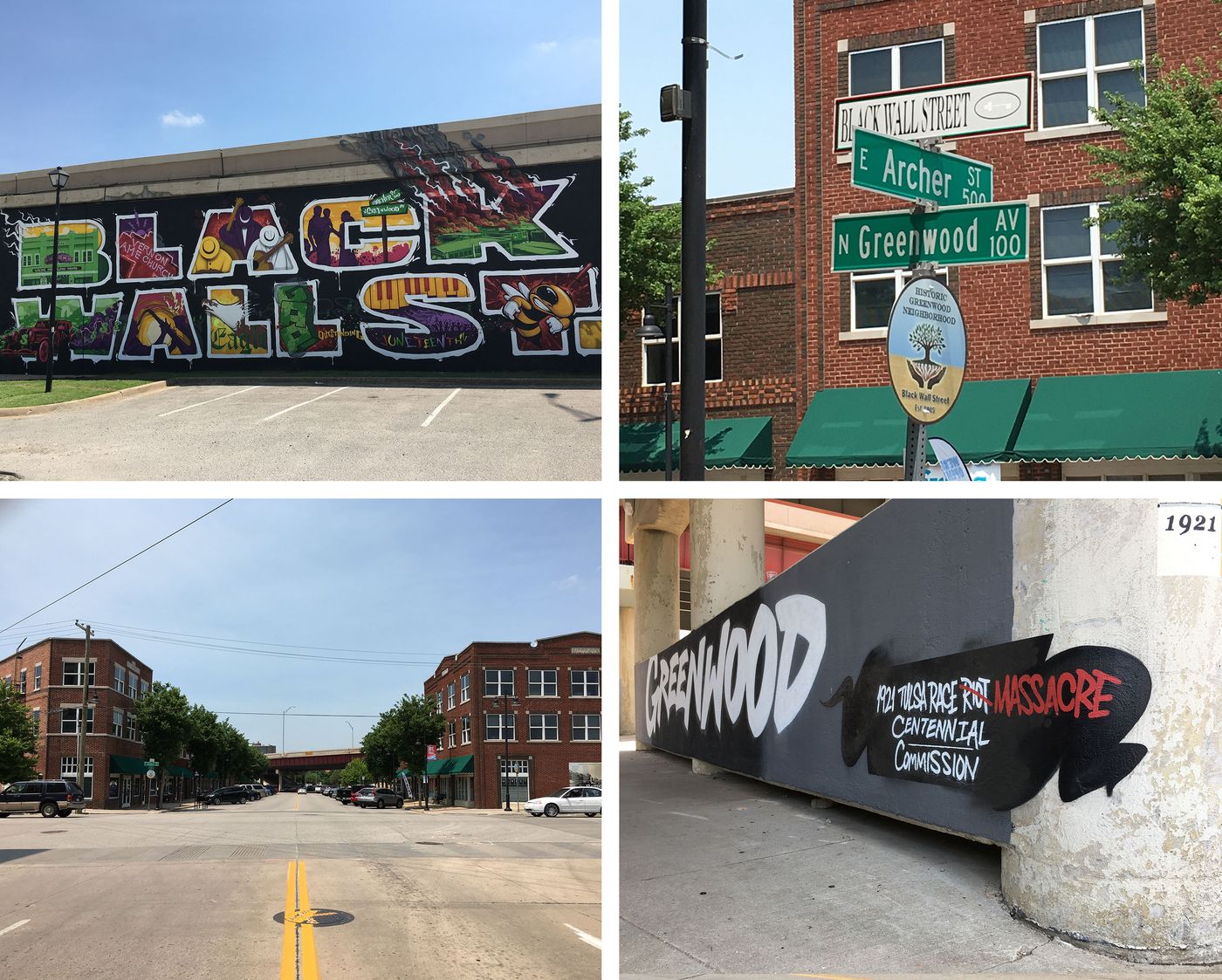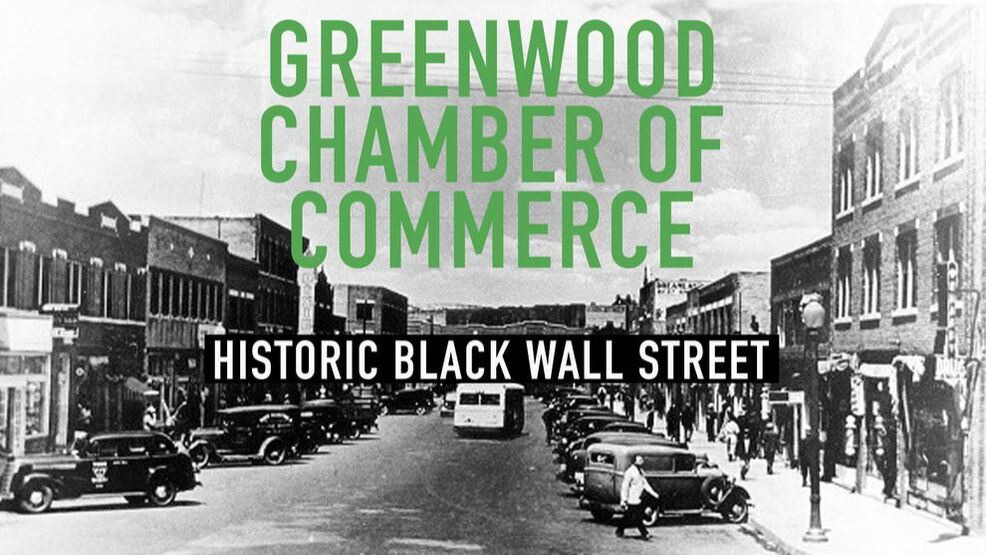
By Eagle Newswire
When Oklahoma State University-Tulsa’s Black Wall Street History course launched in August, Quraysh Ali Lansana didn’t anticipate the majority of his students would have a direct connection to that history.
“Most of the students in our class this past semester were over the age of 60,” said Lansana. “Many of them had family who lived in and around the city during the 1921 Tulsa Race Massacre. It is a pleasure to have these elder students who bring a different insight and perspective to the classroom.”
The class is open to credit-seeking students and non-credit-seeking community members who are interested in discovering more about Tulsa’s historic Greenwood district from 1850 to present, including the massacre on May 31-June 1, 1921.
“I know about the massacre only because my father was alive then, and he told me,” said Carolyn Ellis, one of the students in Lansana’s class. “Growing up in Preston, Oklahoma, I would have never known otherwise.”
Ellis decided to take the course to learn more about the context of the Tulsa Race Massacre and what Tulsans in her father’s generation experienced.
“I wanted to find out what happened. Everything I could learn.”
A Deep Dive
For the final project of the class, students were asked to dive deep into researching the lesser-known aspects of Greenwood.
Ellis focused on African American business owner Simon Berry for her project. Berry owned and operated a Tulsa bus line for African Americans, a hotel and a charter plane service.
Before the class, Ellis did not know anything about Berry.
“I wanted to uncover the history of someone who held such a big influence at the time,” Ellis said.
Captola Dunn, a 1948 graduate of Booker T. Washington High School, focused her project on her high school principal, Ellis Walker Woods. Woods was the first principal of BTW, famous for walking 500 miles from Tennessee to Oklahoma to answer the call for more black educators. During the massacre, he sheltered children and people looking for refuge in the school and let the Red Cross treat injured people there.
For years, Dunn spearheaded the committee for the Ellis Walker Woods Memorial on the OSU-Tulsa campus.
As a young girl, Dunn said she does not remember hearing the term “Black Wall Street” or making the trip to “Deep Greenwood” often, but she did have a few encounters with Principal Woods.
“When you got the chance to see him and he was kind enough to say ‘hello, how are you doing,’ that was special,” Dunn said. “He oversaw the moves and expansions of Booker T. as they outgrew school buildings. He would help students get admitted to universities and secure jobs after their education. He even provided opportunities for housing.”
Generational Sharing
With her final project for the class complete, Dunn will share her history with a younger audience via an online “inter-generational dialogue” during the John Hope Franklin Center for Reconciliation’s 2020 national virtual symposium.
The online conversation is designed to allow elder Tulsans to talk with younger people and share their expertise and perspective.
“Just as young people want us to understand them, we want young people to understand us,” Dunn said. “In understanding what we’ve experienced, they may learn why some people hold certain attitudes and beliefs.”
Ellis will also present her class project at the symposium.
After learning something new about the history of Tulsa and Black Wall Street, Ellis is looking forward to sharing it with a younger audience.
“I hope the younger generation is just as excited to learn something new about our history as I am.”
The intergenerational dialogue is part of the national symposium’s free evening community remembrance events, all of which are open to the public. The dialogue will be hosted May 28 at 6 p.m. Those interested in participating in any event must register online.
The Black Wall Street History course is open to students and for public, non-credit enrollment for the Fall 2020 semester. Those interested in taking the class can find out more and register online.










